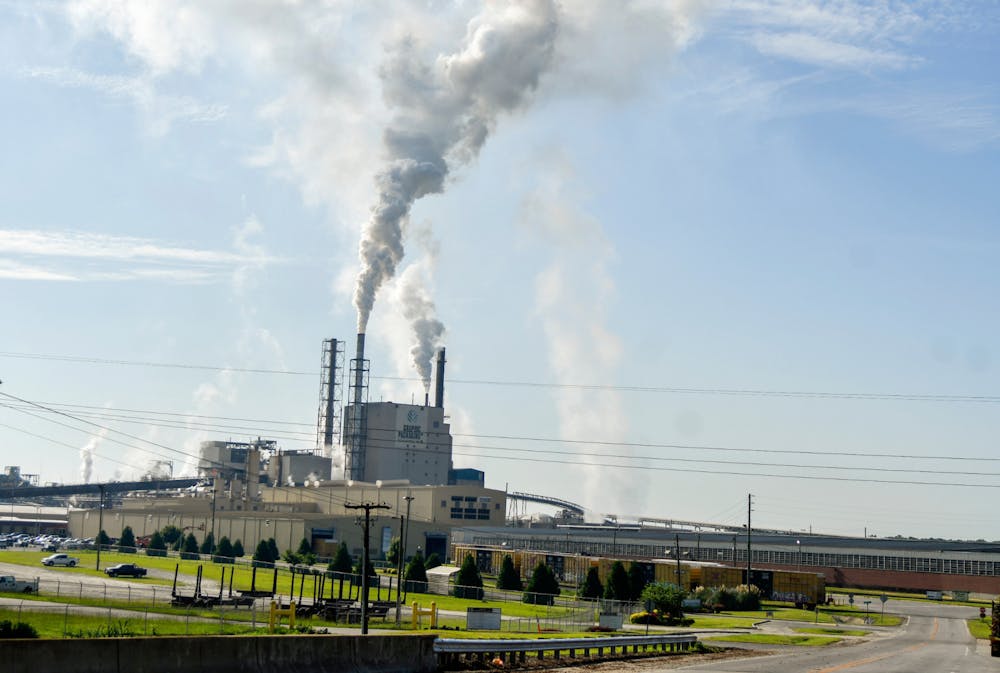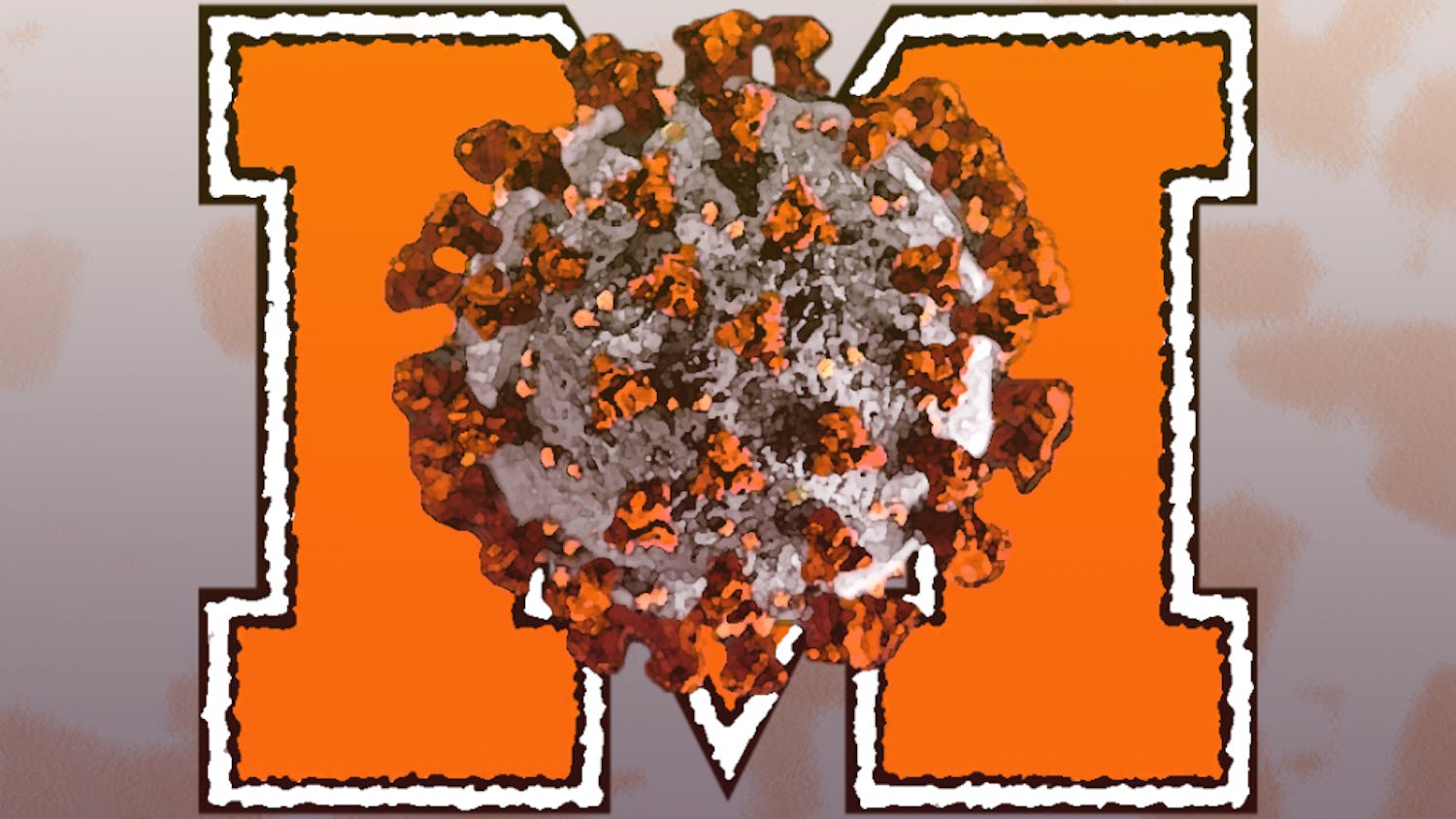In Macon, every so often people can smell a distinctive, foul scent that permeates the air.
People like Mercer University junior Yazeed Alwawi can attest to how foul the smell can be. He lives in Centerville — roughly 25 minutes from Mercer — and could always tell a distinct difference between the scent of the two cities.
“Macon would have some days where the air was decent and others where I felt like I would rather be indoors,” Alwawi said.
When a person checks their weather app or watches the forecast on TV, they may see a number accompanied by a multi-colored bar or circle. This measure is called the Air Quality Index (AQI) and for some groups, decides if they are safe to go outside.
According to the EPA, the AQI is a “yardstick” that measures the level of air pollution from 0 to 500 in a given area that has been in place since 1976. The higher the AQI level, the higher the health concern. For example, any AQI below 50 is considered safe or “good,” while an AQI 300 and above is unhealthy or hazardous for everyone.
The EPA’s AQI tracks five main pollutants: ground-level ozone, particulate matter, carbon monoxide, sulfur dioxide, and nitrogen dioxide.
Tracking AQI is considered a public service the EPA recommends all areas provide, and metro areas with populations of over 350,000 are required to do so by the EPA’s Office of Air Quality Planning and Standards.
While it may be easy to assume that the “rotten egg” smell from the Graphic Packing International paper mill is due to primary, harmful pollutants the AQI tracks, this is not the case.
The paper mill in question is known as Graphic Packaging International and, according to its home website, is a paperboard and paper-based packaging manufacturer.
GPI has a kraft pulp mill in Macon. The kraft pulp process produces that odor locals describe as the “Macon Funk,” a reduced chemical version of sulfur. GPI performs an air quality assessment annually in accordance with the Georgia Protection Division that regulates the mill’s chemical emissions, so they do not reach harmful levels.
While the levels of total reduced sulfur (also known as TRS gases) are low, they can be smelled even in low quantities, producing that funky smell with which visitors associate Macon. Angelo Biotech Chief Research Officer William Porubsky said that Several of these chemicals have a strong odor and are detectable by most humans at low levels, on the order of 10-100 parts per billion.
The Occupational Safety and Health Administration (OSHA) sets a “ceiling” for chemicals like hydrogen sulfide. That ceiling of exposure is at 20 parts per million (that’s 20,000 parts per billion) for workers exposed to higher concentrations.
Typical ambient levels in most cities are much lower, on the order of 0.1 part per billion, Porubsky said.
“Some studies have shown levels in the 2-5 parts per million range can cause a range of symptoms including eye and nose irritation, fatigue, nausea, headache, dizziness and irritation to the throat and respiratory pathways,” Porubsky said. “That concentration range is 20 to 50 times higher than what is sometimes detected around paper mills.”
Regardless of how pungent the smell may be, Porubsky said that the smell is not related to the primary pollutants measured by AQI, and the TRS level is too low to produce and long-term consequences.
“I love the smell of fresh air," Alwawi said. "I hope that one day Macon can improve its air quality and get rid of that foul scent."





